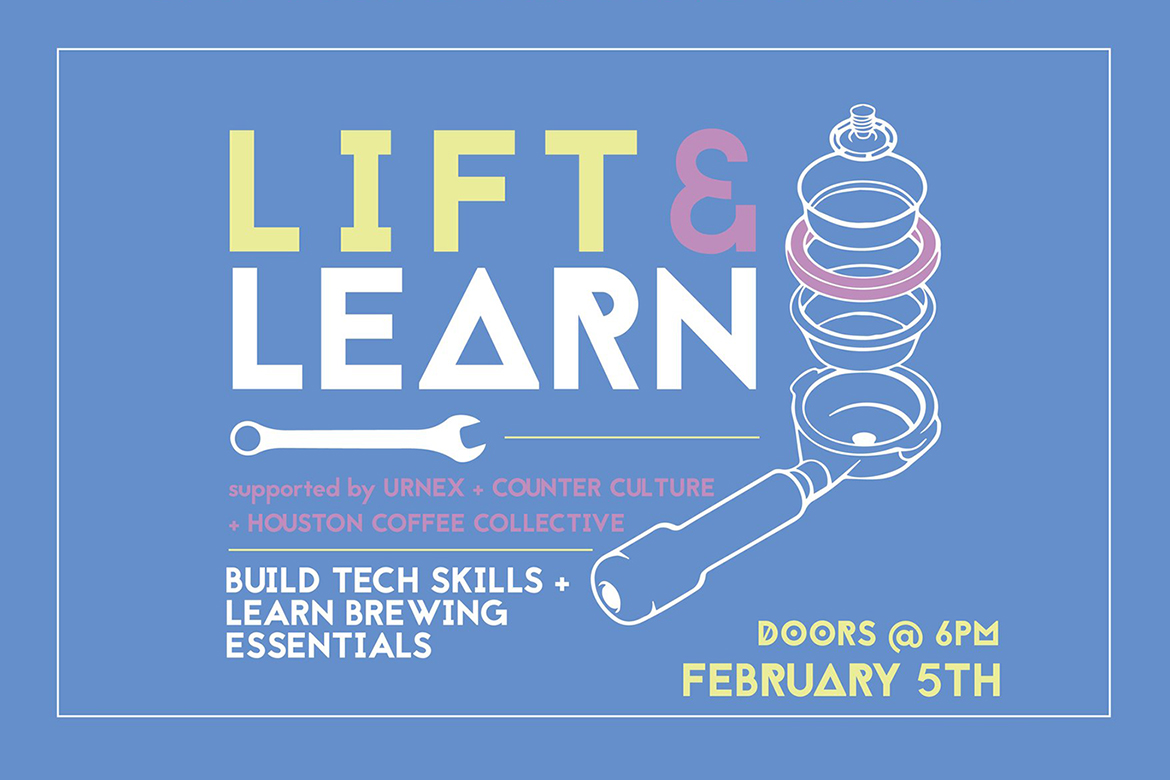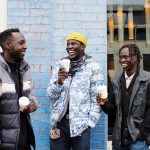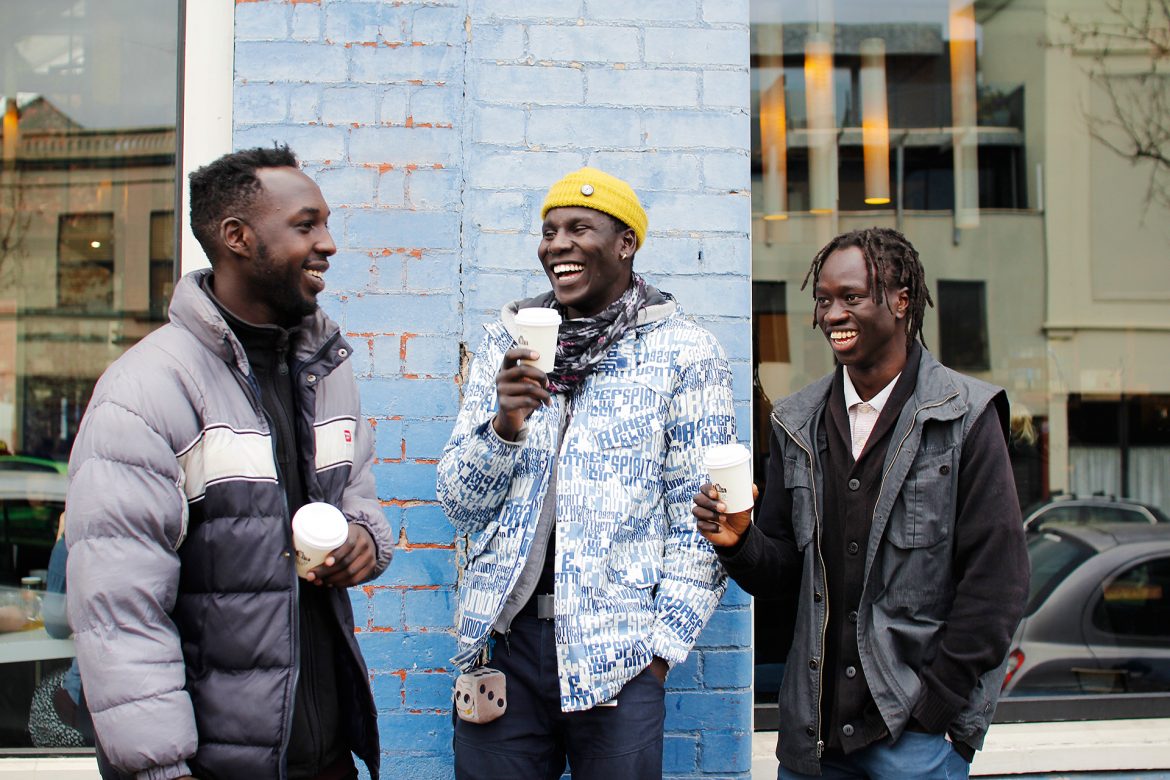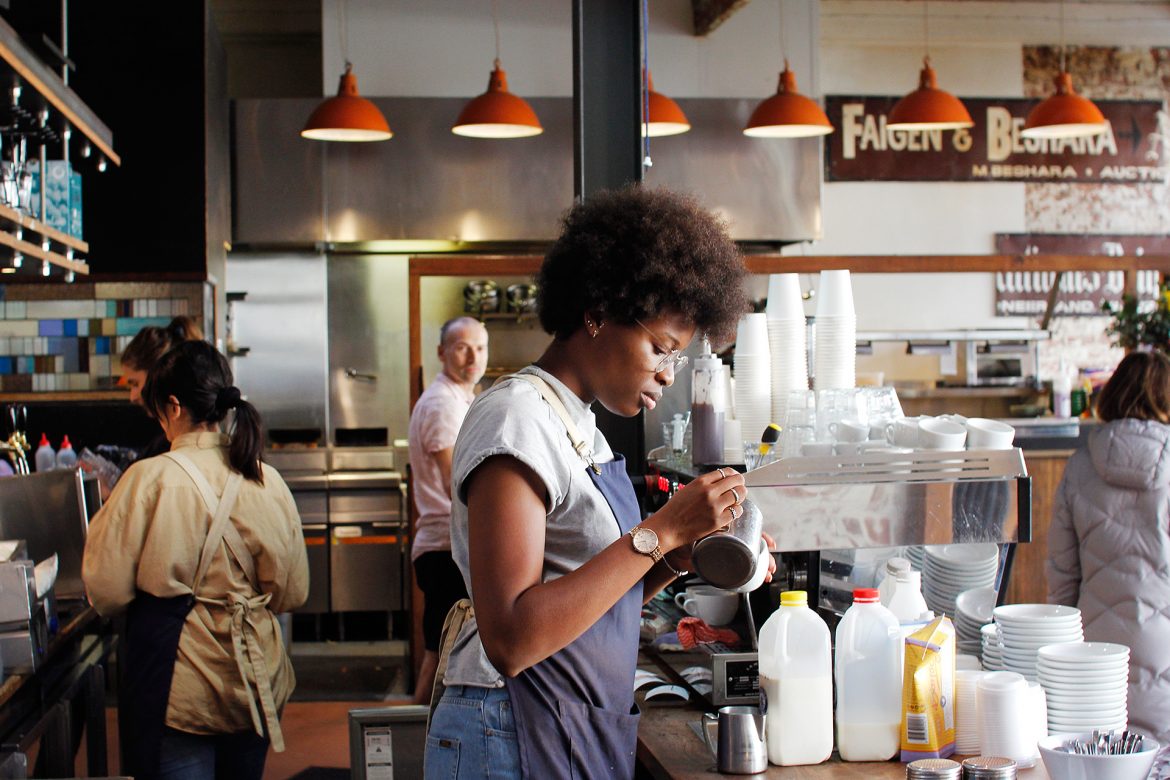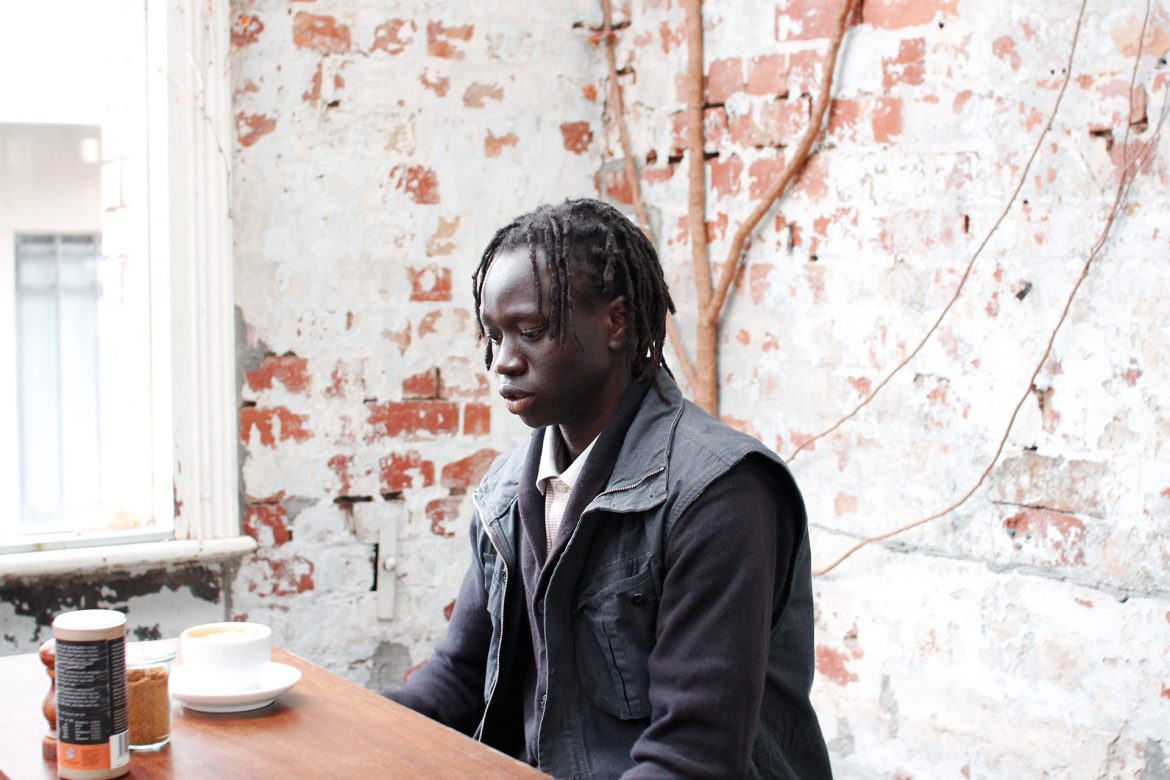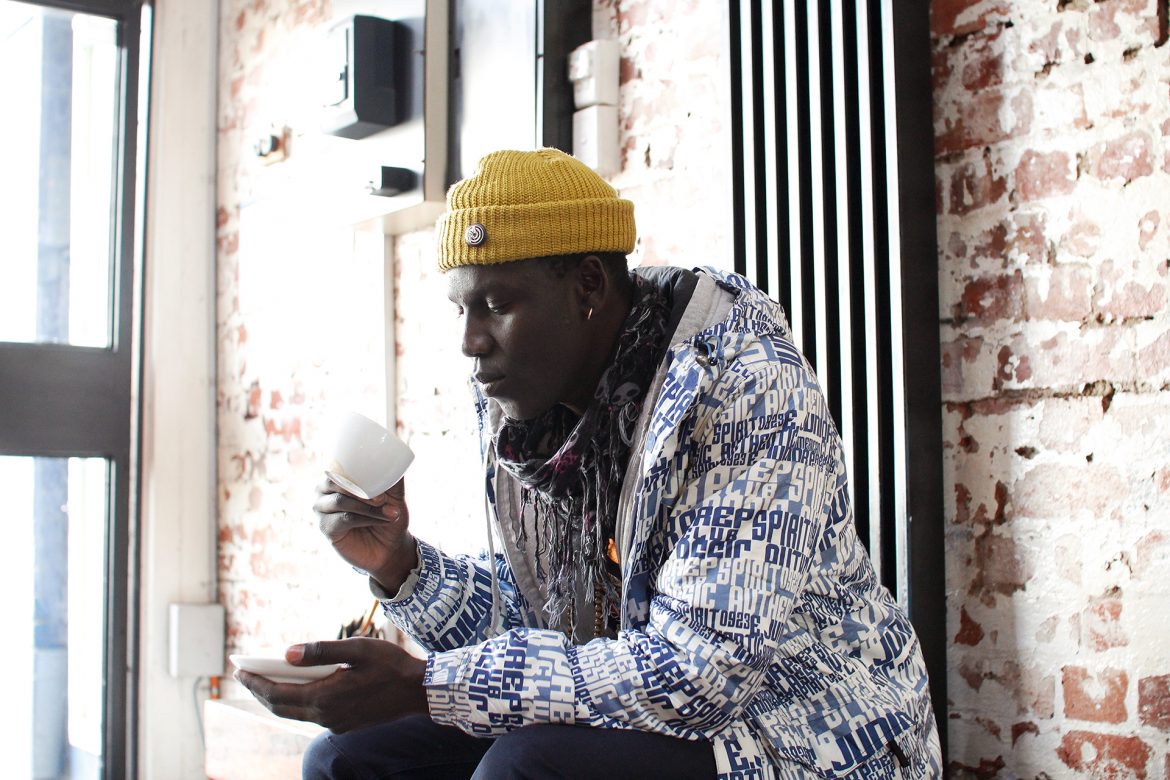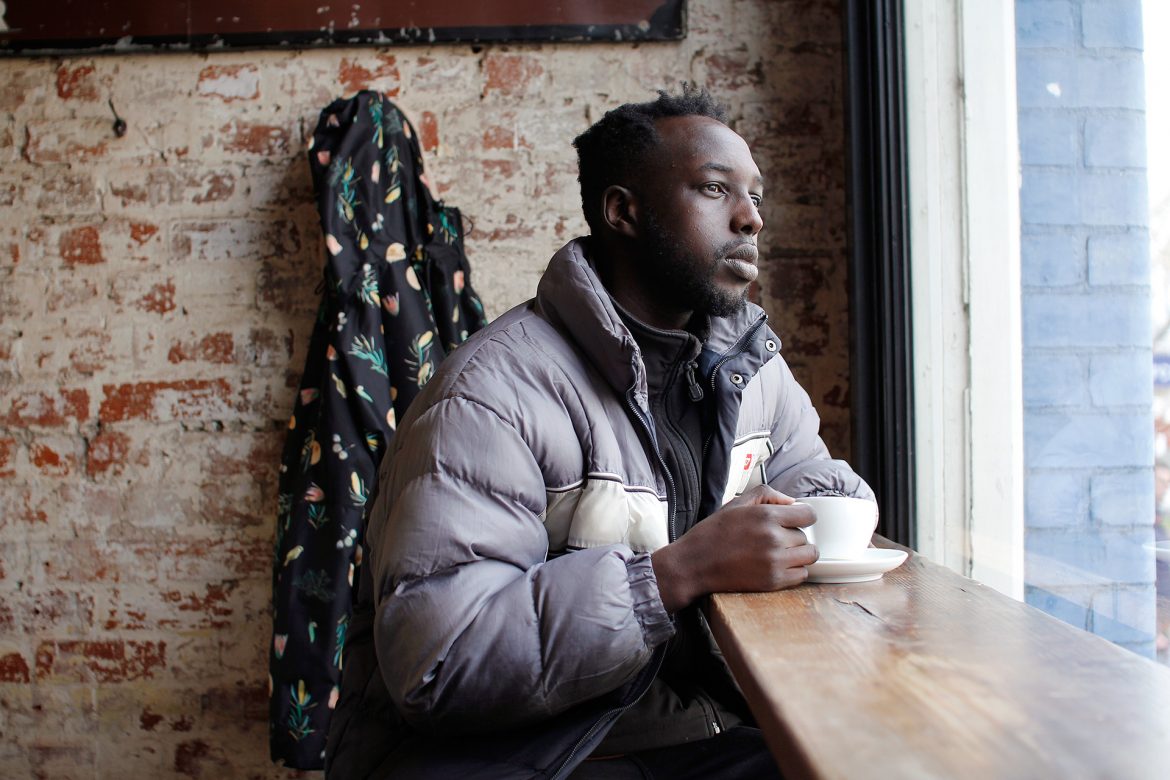Welcome to Brazil, the world’s largest coffee producer. What happens here shapes the coffee industry around the globe.
So it’s no surprise that 20,000 people turned up to Brazil’s Semana Internacional do Café/International Coffee Week (ICW), held at the end of 2018 (the 2019 edition has already been announced and will run from the 20th to the 22nd November in Belo Horizonte). There, they experienced:
- Four world coffee championships
- Brazilian green coffee quality contests
- 200 cupping sessions
- Workshops, training sessions, and sustainability forums
- Business opportunities (around US $10 million USD of deals closed during the fair)
And more. Let’s explore what happened.

The Roaster’s Village. Credit: Nereu Jr / NITRO for ICW
ICW in Three Quotes
Caio Alonso Fontes is the director of Café Editora, one of the event’s organizers. He tells me that International Coffee Week is a “meeting of the [coffee] chain and all of the chain’s links, where we are able to create connections between people, and these connections have the objectives of generating business, providing education, and promoting Brazilian coffees.” [Translated from Portuguese.]
Companies from across the different sectors of the coffee industry attended the event. Reymar Coutinho de Andrade, President of Pinhalense, a manufacturer of coffee processing equipment, tells me that the event “was a turning point for the coffee-growing culture in Brazil, especially because it addressed some important subjects [and hosted] the Championships, which brought a new public to Brazil and allowed this public to know a little more about the properties of the [Brazilian] coffees.”
And Andre Eiermann, coffee educator, Authorized SCA Trainer (AST), and 2017 Swiss Barista Champion, says, “The stands are high quality and also the way [ICW] integrated the four world championships is amazing; it’s really well organized… I truly enjoyed this time here.”
But what exactly left the attendees and exhibitors so impressed?

ICW hosted four world coffee championships. Credit: Nereu Jr / NITRO for ICW
Brazil’s Specialty Coffee Flavors
Cuppings were a key part of ICW 2018, showcasing coffees from single estate farms like Daterra in the Cerrado Mineiro region; associations such as IWCA Brazil, the Brazilian branch of the International Women’s Coffee Alliance; coffee groups such as 3Corações; regional flavors, and more (see the full list here).
Then you had the many, many coffee cuppings held by producers, cooperatives, and roasters at their own booths. In total, ICW offered visitors more than 200 cupping sessions.
Agnieszka Rojewska, 2018 World Barista Champion and winner of multiple other coffee competitions over the years, was at ICW to compete in the World Latte Art Championships. She tells me, “When you are here and you are able to try different types of Brazilian coffees, you can actually change your perspective.
“Because we basically think that coffee from Brazil is chocolate, hazelnut, bitter and it’s not very balanced. But as for now, I tried a lot of fruity coffees, I tried a lot of complex coffees with complex acidity, and this is mind-opening for me.”
She was not the only one to have this experience. Andre says, “I came here with a mix of expectations because, from a specialty coffee point of view, we look at Brazil as just being the biggest coffee-producing country in the world. We see it more like quantity than quality.
“But during the last couple of days, I was truly impressed. So of course, you still have a lot of coffee, but at the same time [Brazilians] improved massively the quality. I had the great pleasure to taste some coffees and I wouldn’t have bet that they came from Brazil… [they were] super fruity… One especially, it seemed like a Geisha, but it’s not a Geisha, so the coffee farmers here are doing an amazing job.”

Cupping samples for Coffee Of The Year. Credit: Nereu Jr / NITRO for ICW
World Coffee Championships
But the event wasn’t just about displaying the best of the coffee industry. It was also about competing for that coveted position.
ICW hosted four of the official world championships from World Coffee Events, with representatives from over 60 countries in attendance.
Agnieszka tells me, “What is a great opportunity for me is to actually compete in an origin country, which is much more different because here you can actually meet producers.
“And you can [compete] in the United States, you can do it in Europe, you can do it in Asia, it’s just that people there don’t grow coffee. So here… there is a closer bond [with producers], so we can get more knowledge, we can get more experience, so this makes this event unique.”
Let’s take a look at the four championships and who walked away with the titles.
-
World Latte Art Championship
Across three rounds (preliminary, semi-finals, and finals), competitors demonstrated their mastery with free-pour and designer latte art patterns. And the winners?
- Irvine Quek Siew Lhek, 103 Coffee Workshop, Malaysia
- Michalis Karagiannis, Manor House, Greece
- Liang Fan, Fan Coffee Lab, China
- Shinsaku Fukayama, St. Ali, Australia
- Agnieszka Rojewska, independent, Poland
- Wonjae Choi, Café ONEWAY, South Korea
-
World Brewers Cup
In this championship, the best manually brewed coffee took the prize. Presentations and coffees were evaluated by three sensory judges and a head judge, who are evaluating – among other things – uniformity and overall workflow. The winners were:
- Emi Fukahori, Mame, Switzerland
- Regine Wai Yee Beng, Page 2 Cafe, Malaysia
- Stathis Koremtas, Taf Coffee, Greece
- Pang-Yu Liu, independent, Taiwan
- Kaoru Kamiyama, Maruyama Coffee Co. Ltd, Japan
- Yeo Qing-He, Singapore

The Brewers Cup Championship finalists: Emi Fukahori, Regine Wai Yee Beng, Stathis Koremtas, Pang-Yu Liu, Kaoru Kamiyama, and Yeo Qing-He (left to right). Credit: Ivan Petrich
-
World Cup Tasters Championship
Competitors demonstrated their ability to distinguish between different coffees through triangulations, in which one of three cups was different from the others. The goal was to identify the odd one, and the one who correctly identifies the most cups won. The results were as follows:
- Yama Kim, Australia
- Niels Te Vaanhold, The Netherlands
- Walter Acevedo, Colombia
- Waruth Tangsuriyapaisan, Thailand
-
World Coffee in Good Spirits
Baristas and mixologists competed to create the best alcoholic coffee cocktails. In the final round, competitors had to craft four drinks: two identical hot/warm or cold drinks and two hot/warm Irish Coffees. They were evaluated on the flavor, visual appearance, and technical skills demonstrated. The six finalists were:
- Dan Fellows, Origin Coffee, UK
- Manos Mamakis, The Underdog Roasters, Greece
- Danny Wilson, Ona Coffee, Australia
- Artem Bakurov, ONE LOVE Coffee, Ukraine
- Min-Seo Kang, Mariscoffee, South Korea
- Dan Bacaintan, independent, Italy
Emi Fukahori, our new World Brewers Cup Champion, tells me, “I’ve been competing since 2015… So, Seattle, Dublin, Seoul, Amsterdam… and here in Belo Horizonte.” And her experience? “Big fans, always a lot of new people, nice people, a lot of good connections, familiar faces, new faces. It’s nice!”
She adds, “My [competition] coffee is from Brazil. The one I’m competing with is from Daterra, from the Cerrado Region.” In other words, not only did Brazil host the World Barista Championship, but a Brazilian coffee helped Emi to win it.

World Coffee in Good Spirits Champion Dan Fellows with his trophy. Credit: Ivan Petrich
Green Coffee Quality Contests
It’s not just baristas and cup tasters who were competing, however: so too were Brazil’s producers.
-
Coffee of The Year
Organized by ICW, this contest was created to recognize the best coffees produced from across Brazil. After a pre-selection process, 150 Arabica samples were evaluated by a team of Q-Graders (certified professionals who grade arabica coffees following SCA Standards), while 30 Robusta samples were evaluated by a team of Q Robusta Graders (certified professionals licenced by The Coffee Quality Institute).
Finally, these samples were assessed blind by a popular jury who then voted for their favorite.
Arabica Winners:
- Afonso Lacerda of Café Forquilha do Rio, Dores do Rio Preto, Caparaó Region, Espírito Santo. This was the second time Lacerda took first place in this contest. Coffees from Caparaó, a mountainous region with dense Atlantic forests, are frequently in the top 10.
- Deneval Vieira of Café Cordilheiras do Caparaó, Iúna, also from Caparaó Region, Espírito Santo.
- Alessandro Hervaz of Honey Coffee, São Gonçado do Sapucaí, Mantiqueira de Minas Region, Minas Gerais.
- Luis Eduardo dos Santos of Fazenda Boa Esperança, Bragança Paulista, Média Mogiana Region, São Paulo.
- Lucas Ribeiro Vinhal of Fazenda Estrela, Serra do Salitre, Cerrado Mineiro Region, Minas Gerais.
Robusta Winners:
- Luis Claudio de Souza of Grãos de Ouro, Muqui, South of Espírito Santo.
- Lucas Venturim of Fazenda Venturim, São Domingos do Norte, Noroeste Capixaba Region, Espírito Santo.
- Francisco Venturim of Fazenda Venturim, São Domingos do Norte, Noroeste Capixaba Region, Espírito Santo.
- Diones Mendes Bento of Chácara Rio Limão, Cacoal, Rondônia.
- Isaac Venturim of Fazenda Venturim, São Domingos do Norte, Noroeste Capixaba Region, Espírito Santo. This means the same farm took second, third, and fifth place.

Afonso Lacerda, winner of Coffee of The Year – Arabica. Credit: Ivan Petrich
-
Aroma BSCA
Created by the Brazil Specialty Coffee Association (BSCA), this contest awards sustainably produced coffees in two categories: Natural Processed Coffees and Pulped Naturals.
The rules are simple: all lots must be cupped at 84 points or above by SCA standards. The five best 84+ coffees for each category are the champions. The winners receive premium prices for these coffees, which the BSCA then sells to associated coffee shops, roasteries and exporters.
Naturals Winners:
- Fazenda Rainha, São Sebastião da Gama, Média Mogiana Region, São Paulo.
- Fazenda Sertãozinho, Botelhos, South of Minas, Minas Gerais.
- Café Filomêna Estefânia, Patrocínio, Cerrado Mineiro Region, Minas Gerais.
- Sítio da Torre, Carmo de Minas, Mantiqueira de Minas Region, Minas Gerais.
- Fazenda Barinas, Araxá, Cerrado Mineiro Region, Minas Gerais.
Pulped Naturals Winners:
- Fazenda Sertãozinho, Botelhos, South of Minas, Minas Gerais.
- Monte Alegre Coffees, Conceição dos Ouros, South of Minas, Minas Gerais.
- Fazenda Monte Verde, Ouro Fino, Mantiqueira de Minas Region, Minas Gerais.
- Fazenda Rainha, São Sebastião da Gama, Média Mogiana Region, São Paulo.
- Fazenda Barinas, Araxá, Cerrado Mineiro Region, Minas Gerais.
-
Concurso Florada Premiada
Launched for the first time in 2018 and promoted by 3Corações in partnership with the BSCA, this competition awards female producers of exceptional micro lots. Lots must range between three to ten 60-kilo bags in size.
The contest is part of Projeto Florada, which translates to project in bloom. This is an initiative designed to increase the visibility of women in coffee production and also support female producers through training and meetings. The contest is the second to last stage: get their coffees awarded and sold for premium prices.
Naturals Winners:
- Tainã Bittencourt Peixoto of Chácara Vista Alegre, Piatã, Bahia, Chapada Diamantina.
- Inácia de Fátima Silva Juliano of Sítio Batista, Pedralva, Minas Gerais, Mantiqueira de Minas.
- Luciene Aparecida Santos Mota of Alecrim Dourado, Pedralva, Minas Gerais, Mantiqueira de Minas.
Pulped Naturals Winners:
- Creuza Silva Santana of Fazenda Gerais, Piatã, Bahia, Chapada Diamantina.
- Patrícia Rigno de Oliveira Rosa of Fazenda Ouro Verde, Piatã, Bahia, Chapada Diamantina.
- Deuseni de Oliveira of Sítio Cafundó, Piatã, Bahia, Chapada Diamantina.

The winners are announced for Coffee of The Year. Credit: Bruno Correa / NITRO for ICW
Sustainability Seminars
Education is one of the key themes at ICW, the team at Café Editora tells me. And this year, it hosted two sustainability seminars: the Global Coffee Sustainability Conference and the Sustainable Coffee Forum.
Mariana Proença is the Director of Content at Café Editora and one of the event organizers. She tells me, “The Global Coffee Sustainability Conference (GCSC) is conducted by the Global Coffee Platform and, for the first time, it took place in a producing country. It was a public success, with 350 attendees from 16 countries.
“The event has brought together important players within the coffee sector to discuss sustainability through the whole production chain.” [Translated from Portuguese.]
As for the Sustainable Coffee Forum, she says, “The forum, conducted November 9th in the Great Auditorium of the International Coffee Week, has this objective: to bring together top professionals in the sector to discuss the actions already taken in coffee production and the next steps for the sustainable development for future generations.
“It’s promoted by the ICW organizers, who nominate the main speakers for the event, based on their technical expertise. This year’s theme was Trends and Challenges for Coffee Production.”

The Global Coffee Sustainable Conference. Credit: Gustavo Baxter / NITRO for ICW
Workshops & Courses
Numerous roasting courses, sensory skills workshops, and more were held during the event. Caio tells me, “There were more than 30 parallel events happening throughout the week… more than 190 hours of speeches and workshops happened during the three days. So, it’s a very nice amount of information, of content, of training.” [Translated from Portuguese.]
Here are some of the highlights:
SCA Certified Courses: For those who wanted the official SCA certification for basic sensory skills, barista skills, and brewing, six authorized trainers conducted these courses at the event.
Roasting Courses: Sponsored and organized by Atilla Coffee Roasters, there were seven different courses for roasters. Topics included the challenges of being a micro roaster, the science behind coffee roasting, roasting Robusta vs roasting Arabica, roast flavors, global roasting trends, and more.
Fermentation Techniques: Edwin Enrique Noreña Garcia has been a coffee producer in Colombia for more than 15 years, as well as an agroindustrial engineer. He led a course spanning everything from harvesting to storage, with a focus throughout on the different types of coffee fermentation and their results in the cup.
Workshop: Managing a Coffee Shop: Isabela Raposeiras is the owner, roaster, and barista behind the Coffee Lab, a café-roastery in São Paulo. She addressed topics related to the challenges of opening and running a coffee shop, such as reasons to open a coffee shop, how to select your suppliers, and “cents that are worth millions”.

Attendees gather around to learn about different roasting techniques for Robusta and Arabica. Credit: Nereu Jr / NITRO for ICW
Equipment on Display
And last, but certainly not least, let’s take a look at all the equipment that was on display at ICW. Mariana tells me, “There were dozens of products launched during the event. Each one of the 160 exhibitors brought innovations to present to the public.”
The product that stood out the most to me was the CoffeeClass: a prototype of a machine that can evaluate coffee quality by optic analysis of the grounds. Yes, you read that right: it can identify coffee quality from ground roasted coffee: no hot water, no Q graders needed. It’s just a matter of a microscope and Artificial Intelligence.
The aim is to improve efficiency when analysing coffee quality. The CoffeeClass works by interpreting patterns in amplified images of roasted and ground coffee. It then compares them to a data set of patterns that has been correlated with coffee quality.
To achieve this, the machine applies reflectance and fluorescence, which use differentiated light sources under the coffee sample to identify those compounds linked to the beverage’s quality.
During the event, the state-owned Brazilian Agricultural Research Corporation (EMBRAPA) and Brazilian Coffee Industry Association (ABIC) signed a contract to join forces and make this prototype available in the market in the next years.
ICW: A Space For Collaboration
ICW brought coffee professionals from around the world together to discuss some of the industry’s most pressing sustainability issues, celebrate quality coffee lots from a range of producers, discover the latest technology, and more.
As Sasa Sestic, former World Barista Champion, entrepreneur, and the person behind Project Origin and ONA Coffee, says looking back at the event: “We can learn from each other. I guess we all work for the same goal. We want to create beautiful coffee, beautiful opportunities for everyone: for farmers, for roasters, for cuppers… and this is the unique opportunity that we can all learn and grow together.”
Vanusia Nogueira, Executive Director of the BSCA, had a similar impression. “Everything we achieved at ICW 2018 was a dream very well dreamed,” she says, “which has shown us that, with strength, determination and professionalism, we can reach our goals.”
Written by Ivan Petrich.
Please note: This article has been sponsored by International Coffee Week.
Want to read more articles like this? Sign up for our newsletter!
The post Taking a Look at Brazil’s Specialty Coffee Industry During ICW appeared first on Perfect Daily Grind.
from RSSMix.com Mix ID 8200593 https://www.perfectdailygrind.com/2019/02/taking-a-look-at-brazils-specialty-coffee-industry-during-icw/










